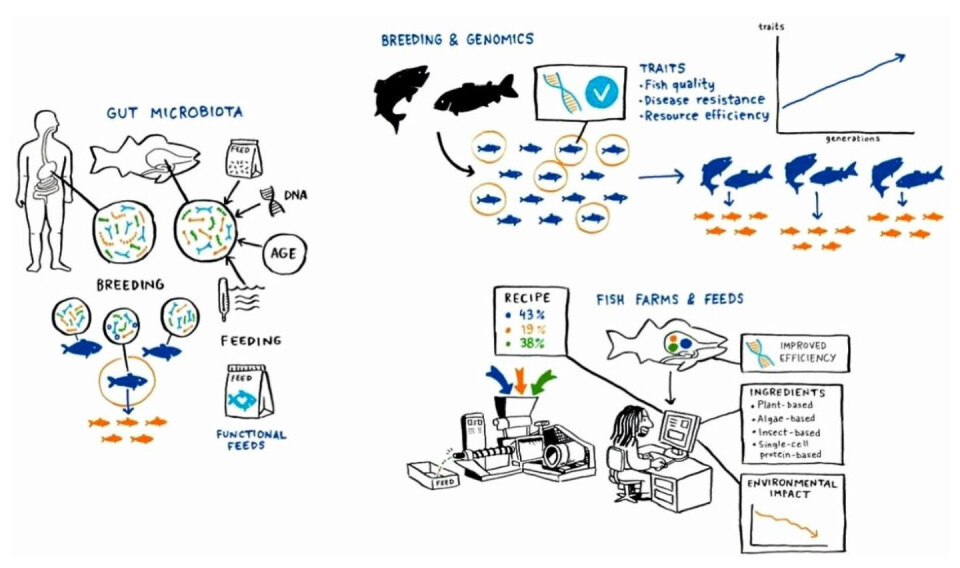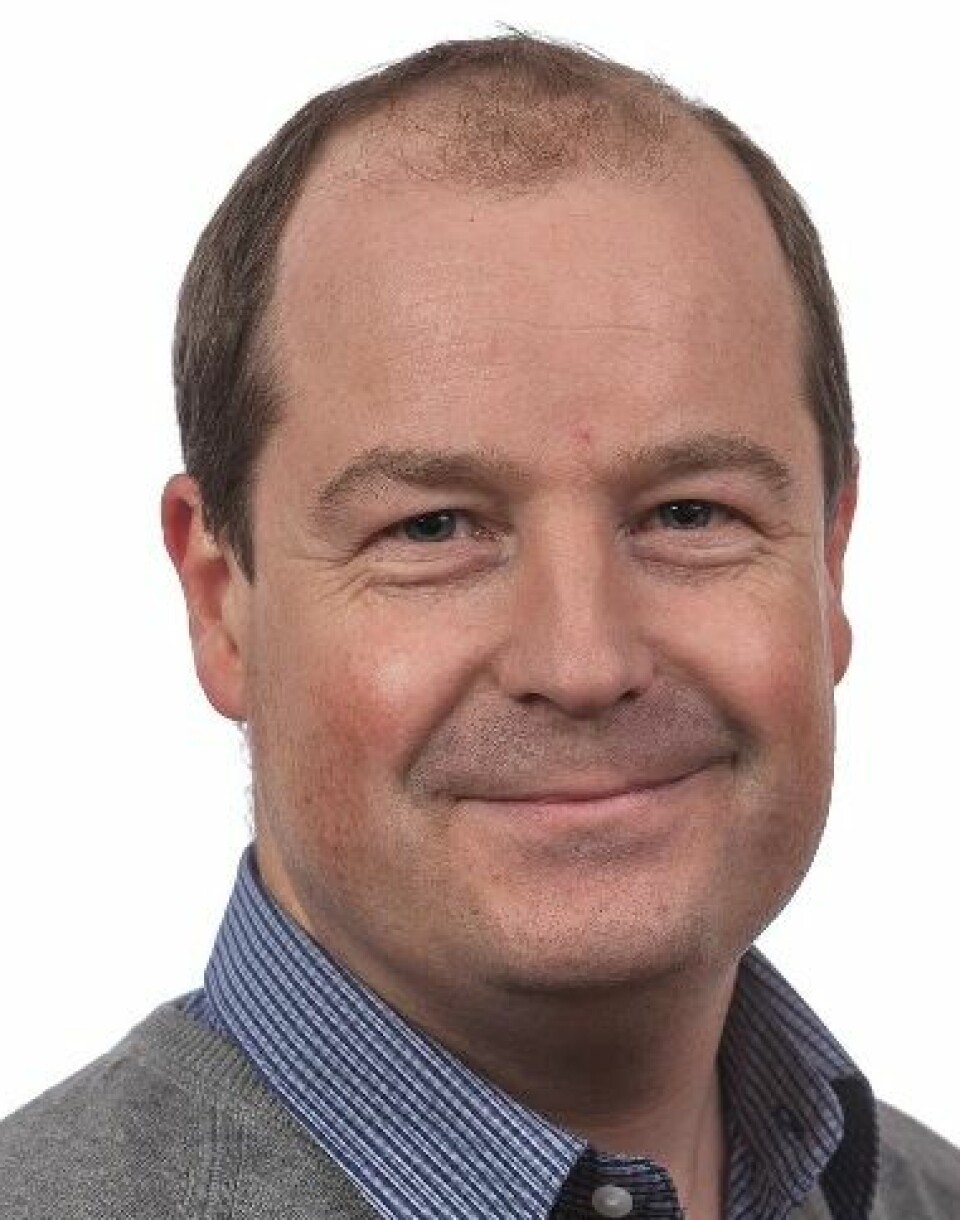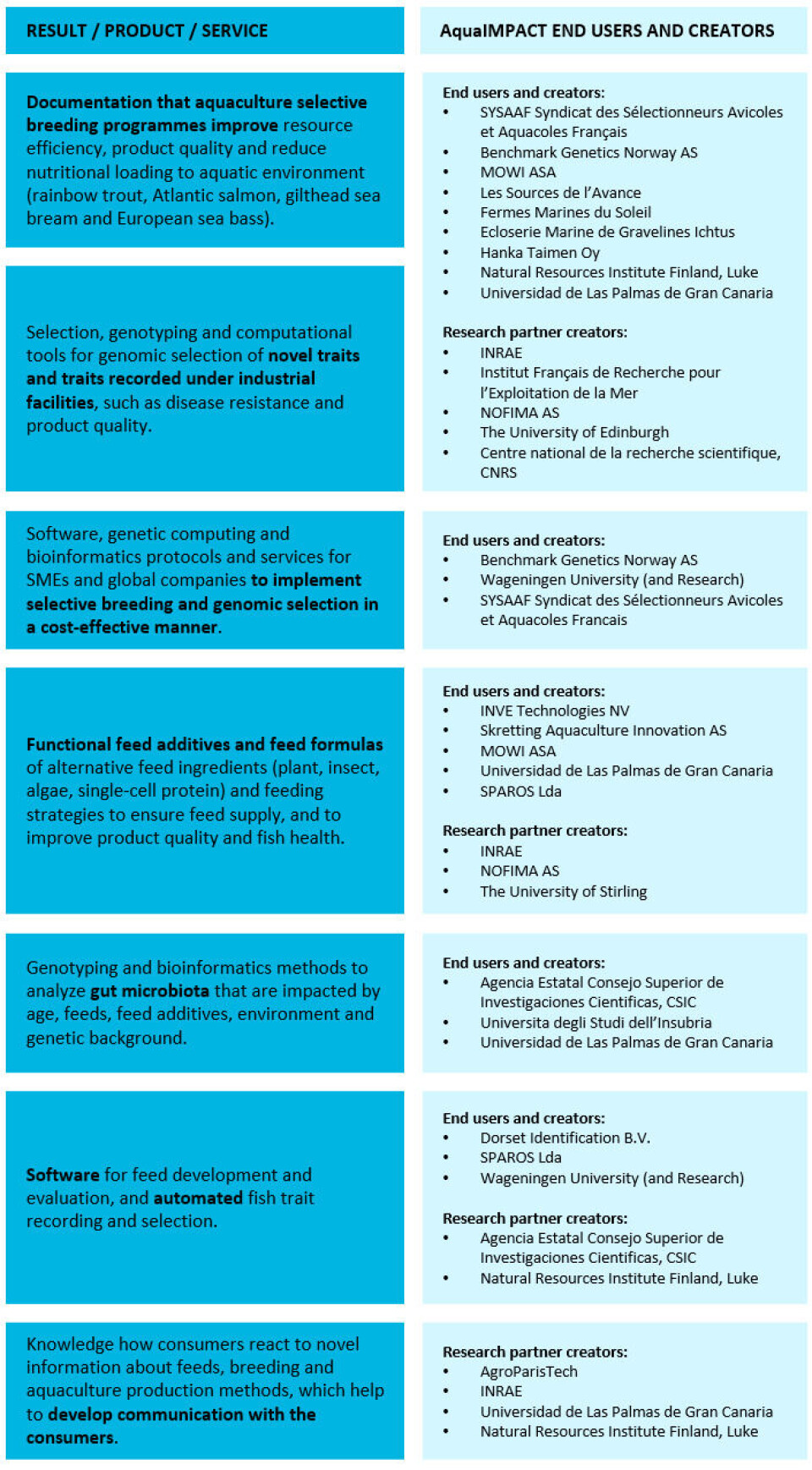
Economies of scales: how AquaIMPACT is making fish farming more efficient
The results of a five-year EU-funded project that sought to improve the efficiency of producing Europe’s four main species of farmed have been summarised in the project’s final newsletter.
AquaIMPACT aimed to develop products and services based on genomic selection for the European aquaculture breeding industry, with a focus on cost efficient trait recording and genotyping, and selection for traits that can only be recorded under commercial conditions.
By incorporating emerging ingredients, essential nutrients and appropriate additives developed by companies, the project intended to up-scale and tailor-make novel nutritional and feeding strategies specifically for the genetically improved fish arising from breeding programmes.

Integrated approach
“Both breeding and nutrition technologies have been fundamental for developing aquaculture, but mostly as separate technologies without much cross over between them to reach a common goal,” wrote AquaIMPACT coordinator Antii Kause, principal scientist at the Natural Resources Institute Finland (Luke).
“AquaIMPACT was a major effort to integrate the fields of fish breeding and nutrition to increase the competitiveness of EU’s aquaculture of Atlantic salmon, rainbow trout, gilthead sea bream and European sea bass, to ensure food and nutrition security and to satisfy consumer demands for high-quality seafood with limited environmental impact.”
Kause said the project had demonstrated the success of commercial selective breeding programmes in improving fish traits (profitability, reduced environmental impact), and facilitated the implementation of genomic selection in breeding programmes, to take breeding programmes to the next level.
Automatic phenotyping
Netherlands-based Wageningen University and Research (WUR) and company Dorset Identification (Dorset ID), together with UK-headquartered radio frequency identification (RFID) specialist Trovan Ltd, developed an automatic fish phenotyping machine and software within AquaIMPACT.
The technology uses machine vision to select the best fish
for breeding more quickly and accurately than it can be done by humans.
The AquaIMPACT project also developed feed formulas, feed additives and nutritional strategies for the fish originating from breeding programmes; demonstrated that gut microbiota has a role in responses to dietary treatments, feed development and breeding; developed smart software, computing and automated phenotyping to improve cost-efficiency of breeding and feed development; and assessed consumer perception and ways to communicate about these developed methods and aquaculture production methods more generally.
Exploitation plans
AquaIMPACT finalised 13 business plans and seven exploitation plans for the developed products, protocols, services, software, and results.
“Our name, AquaIMPACT, arose from the urge that the consortium focuses on making a moderate but significant change that takes aquaculture breeding and feed development forward. At a personal level, the project has allowed people to develop their skills, learn from each other, and progress in their career,” wrote Kause.
AquaIMPACT partners are the first-hand end users of the results, but the generated knowledge can be exploited globally and across species. Typical end users are breeding programme and broodstock managers, feed companies, producers of feed ingredients, technology and genotyping companies, and fish farmers. The partners are among the most significant feed companies, breeding companies and fish producers in Europe, and globally.
Dissemination of results
A unique feature of AquaIMPACT is that some of the partners provide services and consulting on feed development and breeding programmes, ensuring direct wider distribution of the results.
End users and creators (see below) include the world’s biggest Atlantic salmon farmer, Mowi, feed producers such as Skretting and SPAROS, breeding specialist Benchmark, and a host of research institutions including INRAE (France), Nofima (Norway), Wageningen University and Research (Netherlands) and Stirling and Edinburgh universities in Scotland.
























































